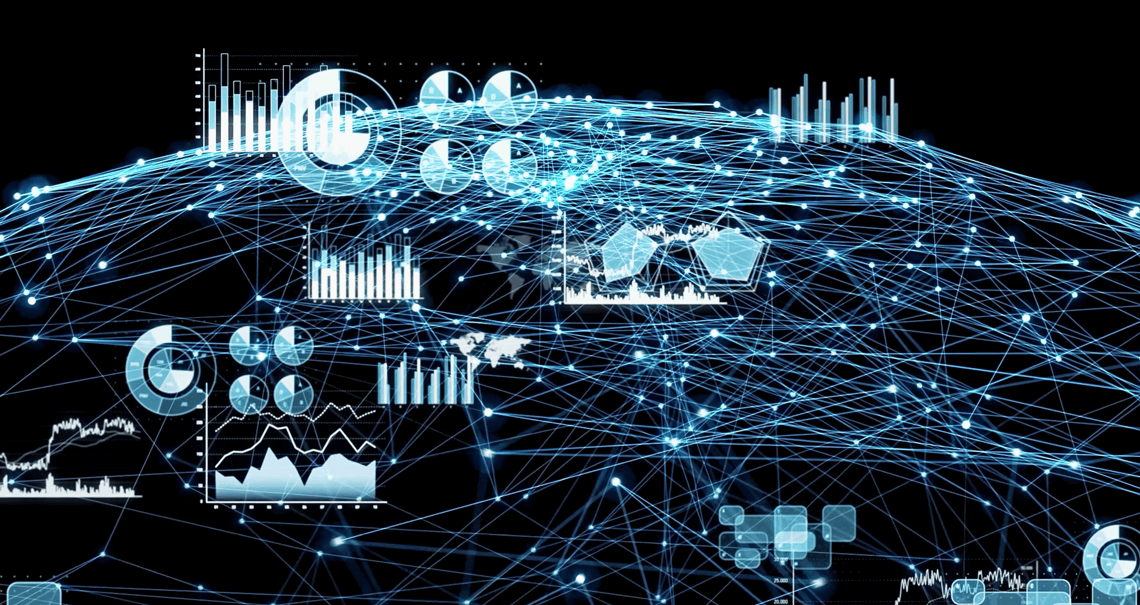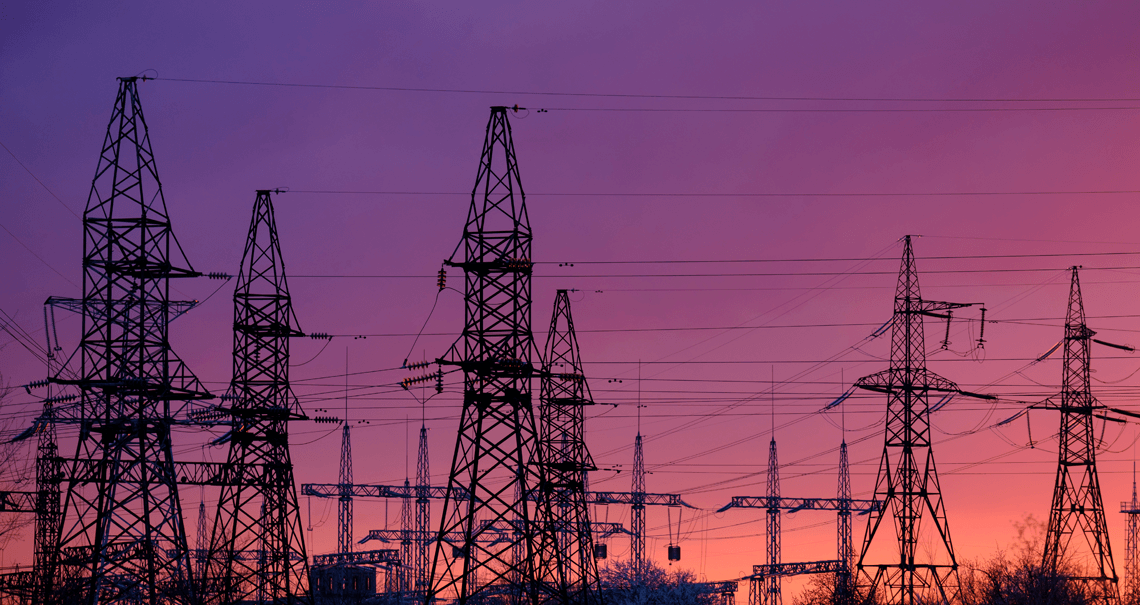How Interoperability Improves Decision-Making in Energy Trading

Key Takeaways
- Interoperability is becoming increasingly important as the amount and speed of trading-related data increases.
- Many trading and risk systems weren’t built for real-time interoperability — making integration harder than it looks, even with cloud and APIs.
- Modern ETRMs built for interoperability enable faster, more confident decisions — and give trading orgs a competitive edge.
Disconnected systems don’t just slow down IT — they slow down your entire trading organization. They create blind spots, inefficiencies, and hidden costs that add up over time, slowing down trading and decreasing profits. You can’t make smart, fast decisions if your systems don’t talk to each other.
Interoperability between systems is often regarded as “the Holy Grail” of ETRM software. Even with cloud technology and APIs, integrating trading and risk systems is hard. Why? Because data is messy, and data formats aren’t standardized. Many systems weren’t built with interoperability in mind.
But with a modern ETRM and a clear strategy, you can achieve ETRM interoperability and trade with more confidence.
Table of Contents
- Why Is ETRM Interoperability So Hard?
- The Hidden Costs of Disconnected (or Poorly Integrated) Systems
- Interoperability Leads to Smarter, Faster Decisions
- Best Practices for Achieving Interoperability
- What ETRMs Need to Support Interoperability
- When Risk and Trading Systems Work Together
Why Is ETRM Interoperability So Hard?
With more ETRMs boasting cloud technology, APIs, and modern data platforms, it seems like interoperability challenges should be a thing of the past.
So why is it still so hard?
The truth is, most trading and risk systems weren’t built to talk to each other — and certainly not in real time.
Older ETRM systems and risk platforms weren’t built to talk to modern, cloud-based solutions, access data lakes, or integrate with analytics tools. The data in these older ETRMs was built for use in one isolated system — and it shows.
Each ETRM has its own naming conventions, timestamps, and trade lifecycles, which creates errors and inconsistencies when you try to connect data across different software systems. Even the most tech-savvy users in energy trading companies can struggle to access clean, usable data from legacy systems.
However, even when vendors want to work together, internal processes, priorities, and tech stacks don’t always align.
“It seems like integrating systems should be easy—cloud, APIs, all that good language—but it’s actually more than just a technical issue.” – Gary Vasey, Partner & Managing Director of Commodity Trading Advisory
The result is hours lost to spreadsheet workarounds, mismatched records, and double-checking numbers nobody fully trusts. In short: you get systems that look connected, but still act like silos.
The Hidden Costs of Disconnected (or Poorly Integrated) Systems
Poorly integrated systems impair decision-making. When data is siloed, traders and risk managers often make decisions based on information that’s outdated or incomplete. As a result, they may miss opportunities — or worse, act on the wrong ones.
Systems that aren’t integrated require manual reconciliation, increasing the risk of human error. People are not computers — they make mistakes, especially when transposing or manipulating data. Every handoff is a chance for something to slip through the cracks.
Integrating systems manually is also inefficient. Teams that spend hours integrating data can’t devote time to higher-value work, like analyzing new opportunities, assessing market trends, and enabling the company’s growth. That’s a waste of time and talent.
Disconnected systems also increase compliance risk. Without system-wide consistency, it’s harder to maintain audit trails and ensure regulatory compliance. And if an energy trading company can’t prove regulatory compliance, they may incur hefty fines, restrictions on trading activities, severe damage to its reputation, and potential criminal penalties – including jail time.
These hidden costs won’t show up on a balance sheet, but they compound over time — and ultimately weigh down speed, clarity, and confidence across the business.
Interoperability Leads to Smarter, Faster Decisions
ETRM interoperability enables better decision-making. Traders and risk managers can quickly react to new information while it's still fresh by getting accurate, real-time insights instead of waiting for batch processing or manual data reconciliation.
Traders can act with confidence and react quickly to market shifts without second-guessing data integrity. A single, real-time portfolio view prevents firms from over- or under-hedging risk, improving both hedging and portfolio management.
“You could think of it like an ETRM system telling you exactly where you are, an analytic system telling you where you might go, and risk systems, making sure that you can get from one place to the other.” – Ben Lafleur, Head of Professional Services, CubeLogic
When all systems are fully integrated through trading and risk management automation, risk teams do not have to work with IT to manually link systems or troubleshoot missing or inconsistent data. Trading system integration removes the back-and-forth, reduces operational friction, and saves time.
With clean data and smooth workflows, teams can focus less on managing tech and more on shaping strategy. This makes risk management more effective, efficient, and less costly.
Best Practices for Achieving Interoperability
Achieving ETRM interoperability requires trading system integration and risk platform automation. To fully integrate these systems requires a few steps:
- Map out critical data flows. Identify what data needs to move between systems, in what format, and at what granularity.
- Use APIs and automation. Minimize manual file transfers and spreadsheets that are slow, error-prone, and not scalable.
- Standardize data formats. Consistency in timestamps, trade IDs, and reconciliation rules prevents discrepancies across platforms.
- Continuously test and optimize integrations. Use regular stress-testing and performance monitoring to fine-tune integrations and prevent bottlenecks. Choose modern integration technology – like Zapier or iPaaS – to make the process easier.
- Adopt a data ecosystem approach (if needed). In cases where an enterprise doesn’t have one system, extract raw data into a centralized repository (like a data lake) for a full portfolio view.
Energy trading companies need to understand how their current systems and data flows work to integrate trading-related systems successfully. A comprehensive view of current processes reveals which systems need to be updated and which data needs to be standardized to ensure long-term success.
What ETRMs Need to Support Interoperability
Modern ETRM systems must be built to support trading system integration, not just to capture trades. They must be designed to integrate with both current and future systems to support automation, speed, and scale.
Here are the key capabilities to look for in an ETRM built for true interoperability:
- API-first architecture. Enable real-time data flow, allowing your trading and risk teams to focus on markets, not IT fixes (bonus points if it has Kafka-like streaming abilities).
- Scalability for high-volume data processing. Handles large datasets efficiently, ensuring real-time, reliable risk and trade data.
- Automated reconciliation and validation. Reduces manual workload and flags discrepancies early, keeping risk data clean and trade execution fast.
- Configurable data models. Flexes with your business as it grows — without costly reengineering.
- Cross-platform compatibility. Connects with risk, credit, and analytics systems you already know, use, and trust.
A modern, fully integrated ETRM system provides the real-time visibility and accuracy needed to enable better trading decisions, faster. With the right architecture, you can replace manual processes with clean, connected data — so you can take advantage of new opportunities and avoid risky ones.
When Risk and Trading Systems Work Together
Interoperability is a core attribute of systems built for modern energy trading. When systems work together, companies gain a competitive edge: faster decisions, fewer errors, and greater confidence.
Start by making sure your ETRM has the APIs, flexibility, and scalability to fully integrate with your other trade-related systems. Without a modern ETRM built for interoperability, you’ll end up relying on costly workarounds that create a cycle of continuous reengineering to ensure the system remains fully integrated.
A modern ETRM system provides what legacy systems can’t: connected data you can trust, clean workflows, and the confidence to move fast.
Companies that modernize their systems for interoperability aren’t just reducing risk — they’re building smarter systems, faster operations, and a competitive edge that compounds over time.




